I recently updated my article about campfires and postulated that these relics of the past belong, well, in the past. Our practices, views, and principles change as the years go on. As well, they should.
The lesser educated and experienced 17-year-old version of me said things that would make me cringe today. And, no doubt, I’ll have different views in thirty years that also adapt with the times.
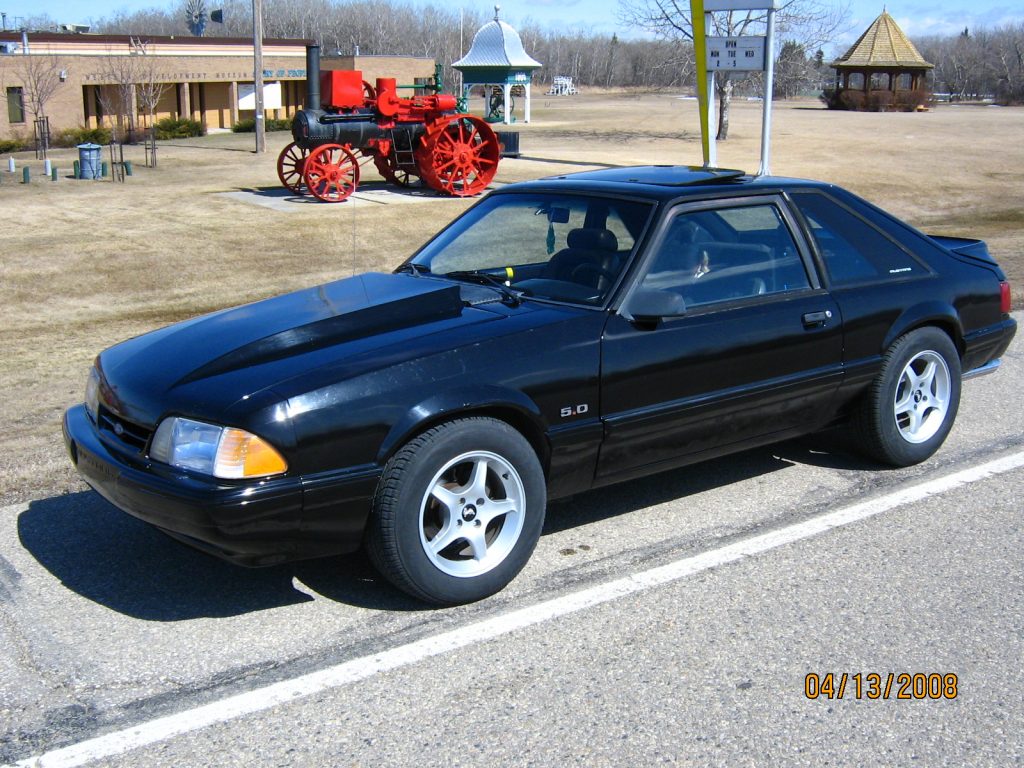
And at one point, I drove a car like this while sporting gelled, spiked hair. And people called me “Pawlie.” But I digress. From “All Mustangs”
Yet, campfires seem to hold a special place in the outdoor pantheon that cuts across many different ages, experiences, cultures, and socio-economic backgrounds.
People love campfires. And if it is a minority view to continue making them, esp. among more experienced outdoors people, it is a view vigorously championed by its adherents.
More than one person states they can’t fathom going on a camping or backpacking trip without a campfire, how you need to know how to make them in an emergency, and that not having a campfire somehow separates us from the natural world.
I’ve argued against all these tropes in my previous article, and I don’t need to repeat these arguments. I still think these arguments are bunk. And will continue to say so.
What I’ll discuss, and as others pointed out to me, until the culture around campfire romanticism changes, we’ll still have this archaic and destructive relic with us. Even with campfire bans, people will still insist on making a fire.
We need to shitcan associating campfires as part of the backcountry (dispersed camping and backpacking) experience.
And considering the Pack Cree Fire in the Moab area started in an area with designated fire pits, perhaps even while front country car camping as well except for trained personnel such as rangers or site hosts.
Despite claims to the contrary about lightning, heavily researched articles show that nearly 90% of wildfires get caused by humans as of 2020, up from “only” a little fewer than 85% earlier in the 2010s. Even more sobering, 92% of large fires (1000+ hectares/ 2400+ acres) get started by humans in the Western US as well.
And while some blame for these fires can be put on stray cigarettes, sparks from dragging chains, tipped over camp stoves, etc., there are no doubt campfires cause part or even most of this catastrophic damage.
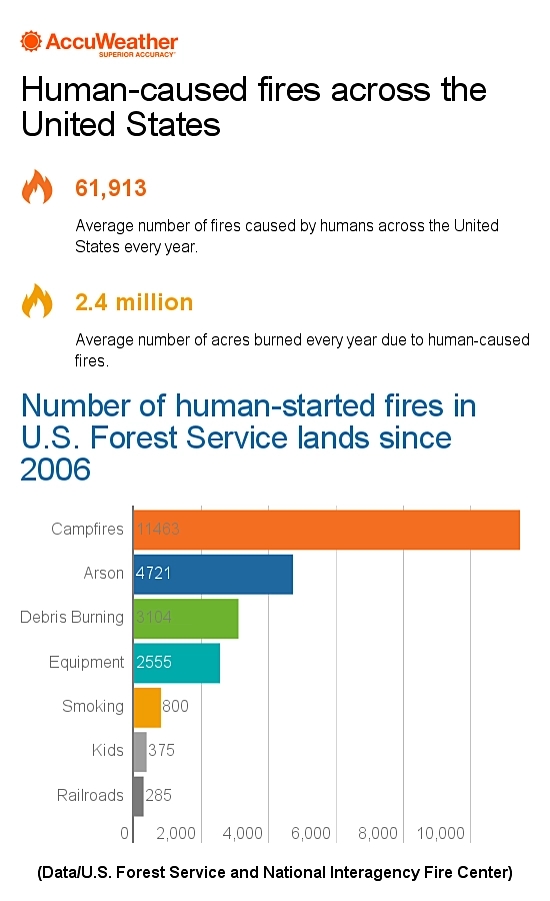
Yep. Nearly 20% of the human-caused fires since 2006. Closer to 30% counting fires for burning garbage.
We need to stop making campfires part of the outdoor culture.
I don’t claim changing this culture is easy.
But consider smoking.
At one point, smoking seemed glamorous, cool, and elegant. Those classic Hollywood movies featuring sultry actors still pack an alluring message nearly eighty years later.
Likewise, the (in)famous Marlboro ads with the archetype cowboy and considered the first “lifestyle” ad in many ways. A motif still copied decades later by everyone from automakers to outdoor gear companies to clothing producers.
The image, not the product, sells.
https://youtu.be/8Gx2ed1ZCj8
What changed?
Education and science helped immensely, of course. Though the ill-health caused by cigarettes was known for decades if not centuries (“coffin nails,” “A custom loathsome to the eye”, and others) the link between cancer and cigarette smoking proved a watershed moment in rethinking cigarette use.
And educating people against the dangers of cigarette smoking also helped immensely. As a child of the 1980s and a Star Wars nerd, I still remember this PSA vividly:
And, of course, highly regulating the cigarette ads also spurred cultural change.
In 2019, 17% of adults smoked cigarettes vs. 42% in 1965 in the United States, with the most significant number of smokers higher in groups with lower incomes and education levels. (Something reflected in my immediate and extended family with its very working-class roots. Even in 2021. )
In short, the views of smoking shifted. No longer socially acceptable to smoke in the workplace, break rooms, sports arenas, restaurants, flights, and even in many outdoor areas.
Smoking went from a glamorous part of society to something done in the shadows, hidden, and something you don’t want to do.
Who wants to spend roughly $7 a pack on average for something that causes long-term medical problems and not socially acceptable overall? Even my relatives who smoke would like to give it up, but a lifetime of smoking makes for a difficult habit to break.
In the same way, outdoor companies, government agencies, non-profits, and others with a stake in outdoor cultures need to affect this change. A change from making campfires a part of the outdoor culture to something no longer done. An act left in the past.
And how can we all do this part?
- Leave No Trace needs to update their message.
Leave No Trace desperately needs to update Principle #5 of “Minimize campfire impacts.” Arguably campfires by their nature, and backcountry ones, in particular, do leave a trace – Gathering wood, moving rocks, charring the ground, smoke, disrupting the experience for others, etc., be it for humans or the local wildlife residents.
The principle is more than halfway there with a statement such as
Yet, the natural appearance of many areas has been degraded by the overuse of fires and an increasing demand for firewood. The development of lightweight efficient camp stoves has encouraged a shift away from the traditional fire for cooking. Stoves have become essential equipment for minimum-impact camping. They are fast, flexible and eliminate firewood availability as a concern in campsite selection. Stoves operate in almost any weather condition—and they Leave No Trace.
However, the sentence before plays into misplaced nostalgia and mythology for the campfire as a central part of the outdoor experience:
. Campfire building is also an important skill for every camper.
No. No, it’s not.
If mountaineers, polar explorers, and highly skilled soldiers in harsh conditions can thrive and survive without an emergency fire, I am sure any backpacker and camper can, too.
EDIT 7/19/2021 – LNT reported they since removed the sentence above as of this date and updated the web page.
LNT should adust their lines and simply say that campfires are a part of a nostalgic experience best done in a very controlled way in a front-country campground. And not in the backcountry.
- Outdoor gear and clothing manufacturers, periodicals, and social media-based adverts need to adjust their message, too.
There are far too many ads, articles, Instagram posts, and bought and paid for articles, I mean reviews, that again features the campfire’s nostalgia in unwise places.
Be it around a suspect fire ring not far from the barely visible water:
Or a dispersed camp in what looks to be a desert environment:
Or an Instagram post showing a fire in sub-alpine conditions:
And even car manufacturers getting in on the campfire as part of a lifestyle:
With so many people new to the backcountry or the outdoors in general, is it wise to peddle the campfire mythology?
The climate’s getting hot and drier, even in areas that have not seen fires previously. Having people making fires in these conditions only leads to calamity. And by showing lifestyle ads catering to the campfire mythology, the danger continues to perpetuate.
There are other ways to encapsulate the outdoors experience beyond a campfire.
- Influencers need to be more mindful of their impact.
For every InstaYouTube “celebrity,” there are thousands of followers who mimic their words and deeds and hold them to be some sort of authority. Every time some of these social media people post a campfire photo or espouse its importance, they contribute to this out-moded culture. Acknowledge something that made sense in the past and even enjoyable. But is not compatible with modern backcountry ethics in 2021.
The influencers sell shoes and packs because of their opinions; imagine what their views on more critical issues can accomplish?
- Finally, what can you and I do to change this culture?
The first part is simple – Don’t have campfires when dispersed camping or backpacking. A simple act that happens to make your outdoor life more effortless. No clean-up, no gear damage, safe, and not destructive.
The second part is more complicated – Suggesting to others that campfires aren’t something you think is wise even when there is no fire ban. Perhaps a gentle suggestion to not gather wood, explain why it causes damage, and why you don’t want one. A few such messages go a long way.
As part of this, if you see someone making a dispersed fire during a ban, gently explain there’s a ban, how dangerous their actions are currently, and you’ll be happy to help put out the fire properly.
I readily admit I have trouble with the gentle part. But a good reminder for anyone. On the other hand, perhaps not-so-gentle has its place at times. too? 😉
And if you see a fire left smoldering, try your best to put out the fire.
Thirdly, and perhaps as important, write to periodicals, influencers, organizations, etc., when they post, write, or portray something that continues to add to this campfire romanticism. One email, DM, or comment may not influence many people, groups, or companies.
But imagine hundreds of such comments?
And if an outdoor company or an internet-famous influencer changes their mind, what a fantastic repercussion it could have going forward!
___________________
We need to shitcan the romanticism of campfires. It will take much effort from the government in regulation and bans, and private organizations and businesses, influencers, and non-profits developing more mindfulness of their messages.
And most of all, people like you and I setting an example and asking others to question this belief in the mythology of the campfire.
It had its place, I enjoyed it at times in the past, but a campfire does not belong in our 21st-century backcountry culture.
Let it become like smoking – Something not part of our daily lives and something we’ve progressed far from over the decades.
What King James I wrote about smoking in 1604 could easily apply to campfires in 2021:
A custom loathsome to the eye, hateful to the nose, harmful to the brain, dangerous to the lungs, and in the black stinking fume thereof, nearest resembling the horrible Stygian smoke of the pit that is bottomless.
Let’s make people feel that way about campfires, too.

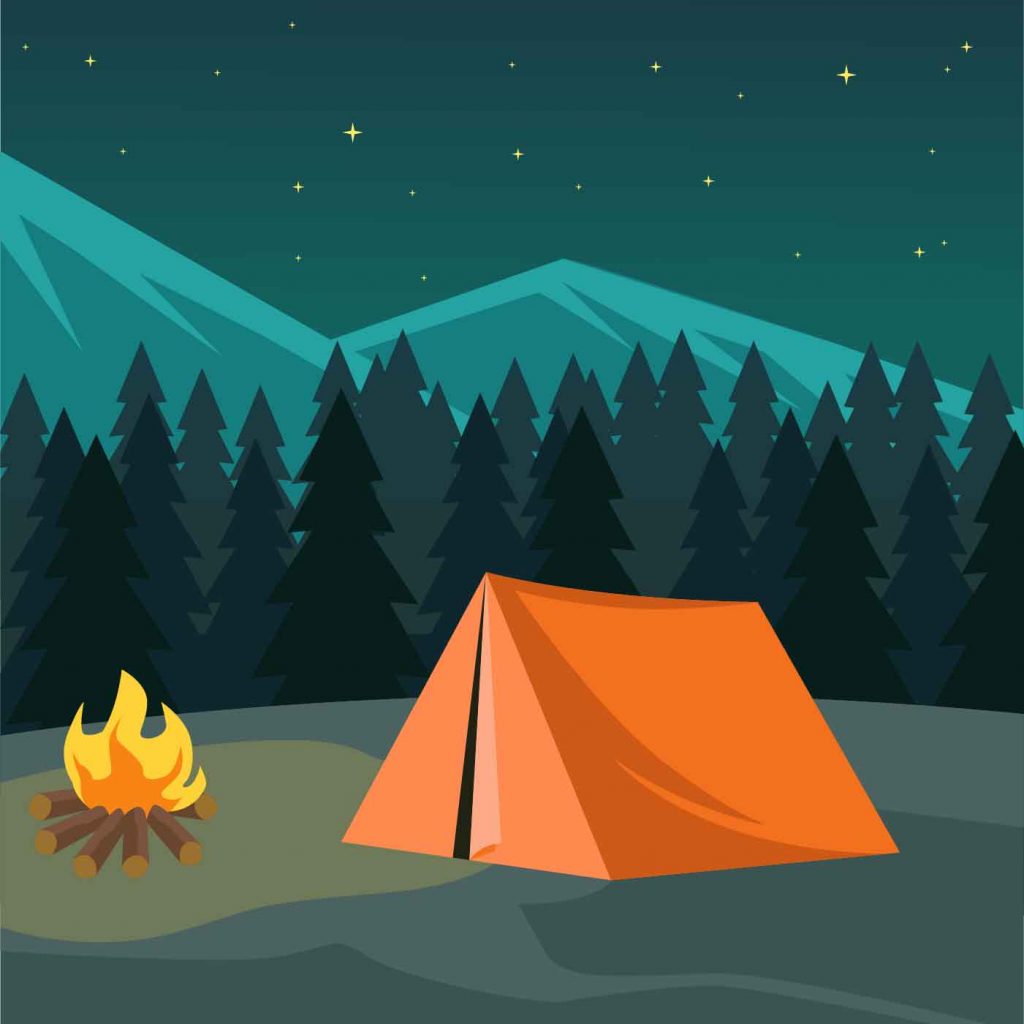
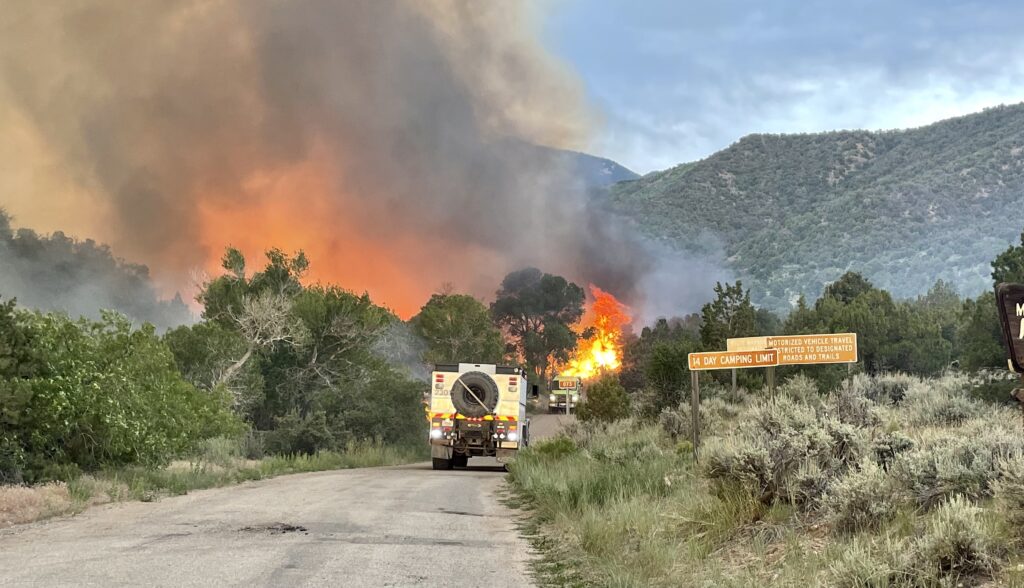
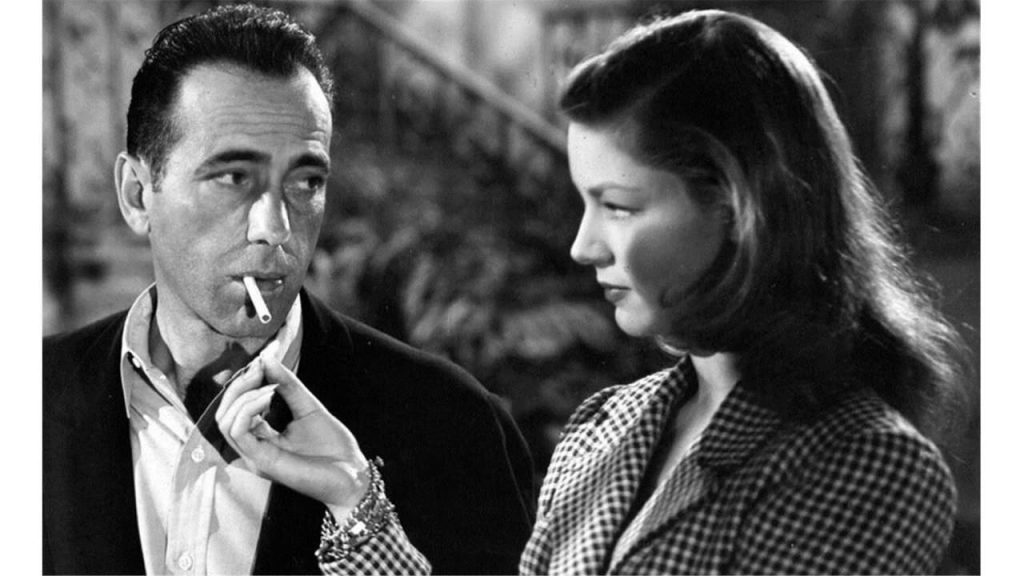

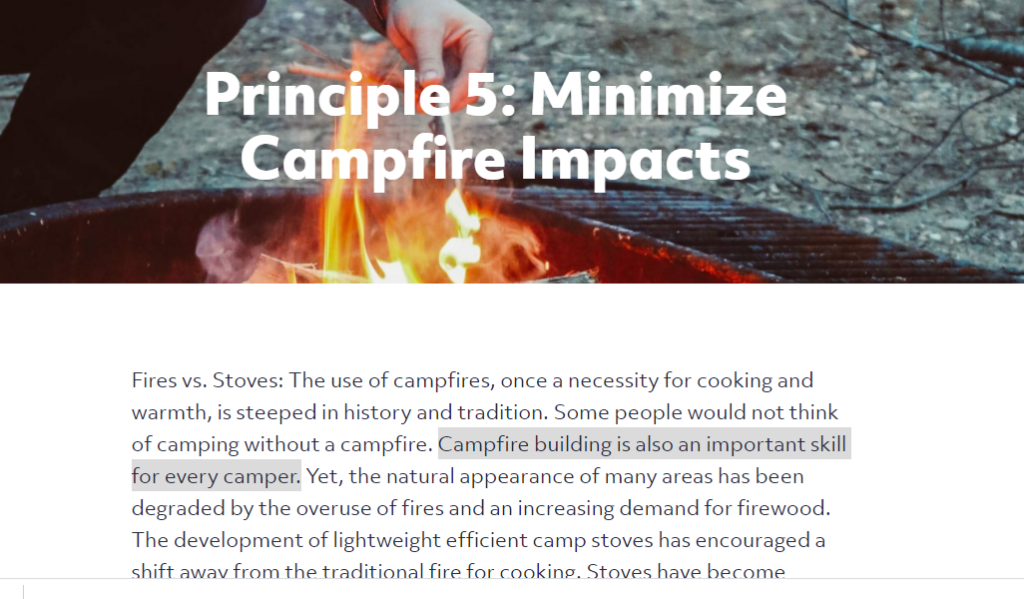

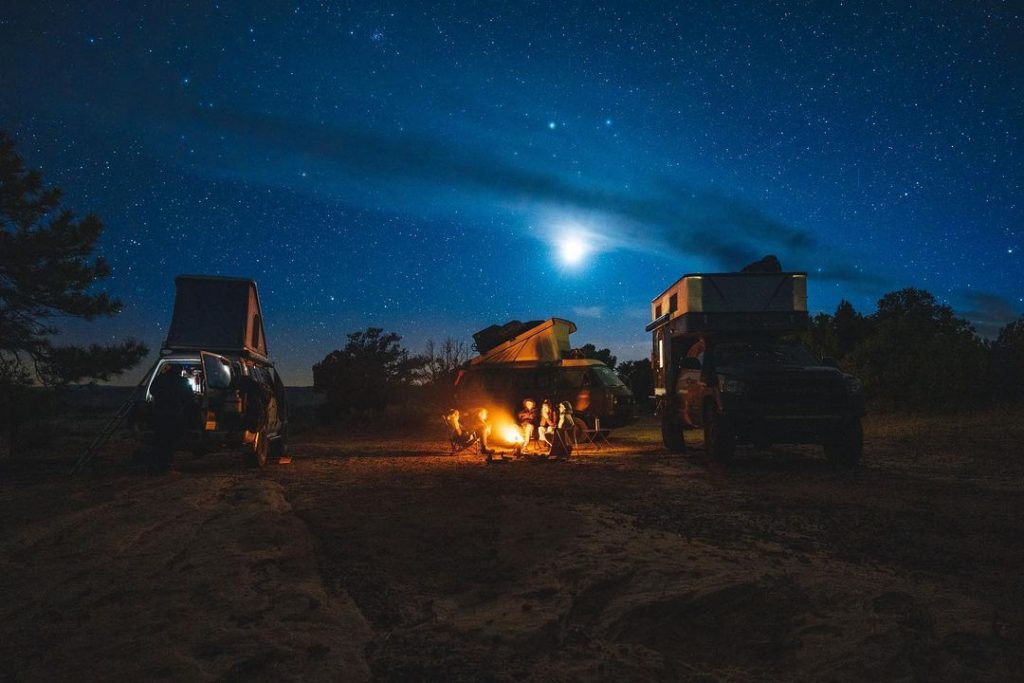
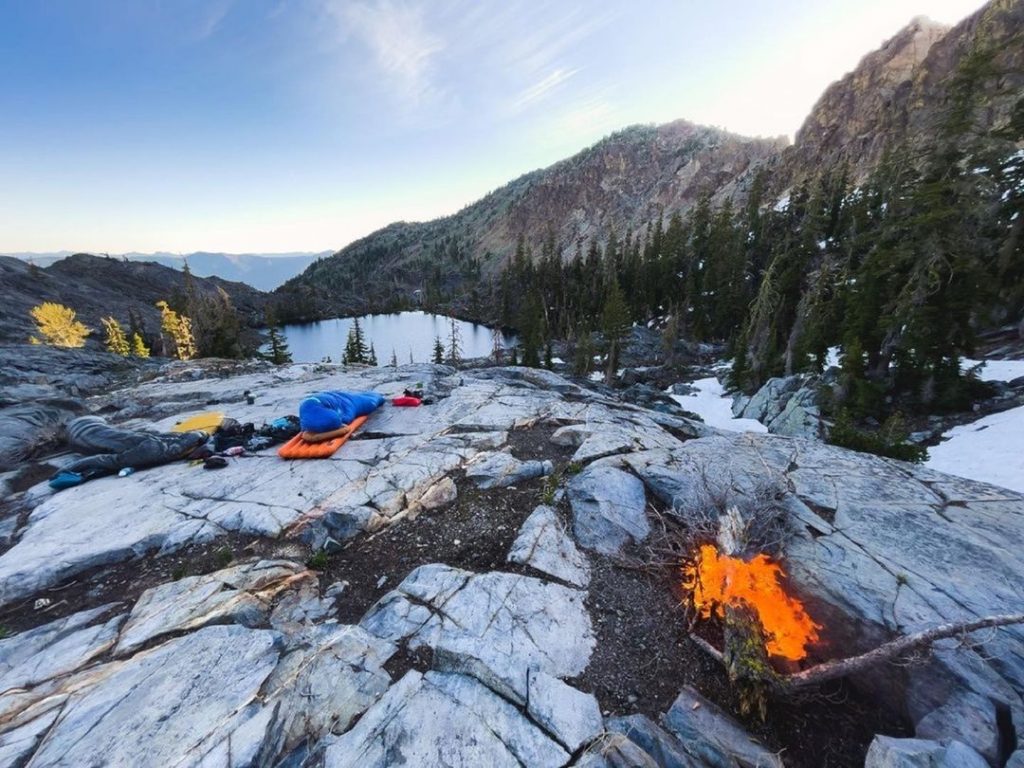


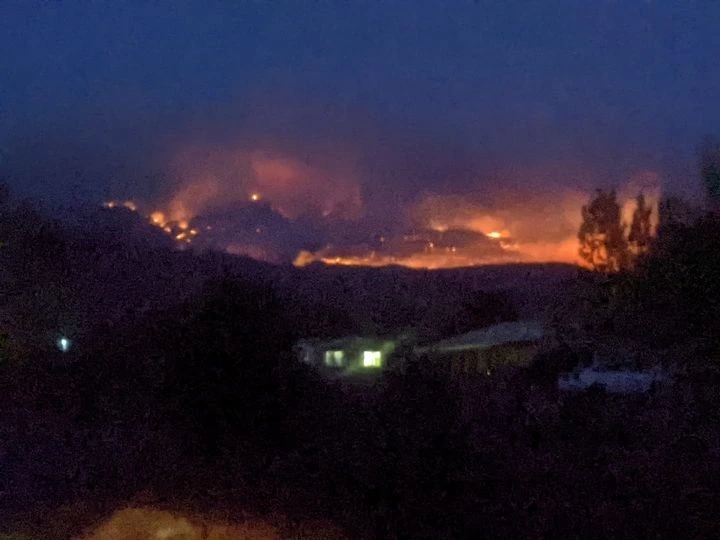
Great article. Hope people will change their view of campfires.
Well said! I used to make campfires because of ignorance and it was the thing you did when camping. I stopped as I became more experienced and realized there’s virtually never going to be a need for one. What do you think can be done about the loads of “bushcraft” sites that really push for camp fires? They aren’t as popular but from my experience their fans are pretty passionate. Thanks for your wonderful blog, btw I always enjoy it.
Poison or Cinderella with the spiked hair?
Classic / hard rock at 94.1 HJY while wearing Drakkar Noir!
In related news, the season long campfire bans are starting in California.
https://www.fs.usda.gov/alerts/sierra/alerts-notices/?aid=66782
“campfires are a part of a nostalgic experience best done in a very controlled way in a front-country campground. And not in the backcountry.” This is an interesting statement to me, as its my view that far more front-country users are building fires than backcountry users. This is just my view, I may be incorrect and don’t have numbers to back my intuition up. Both groups build fires, and there’s crossover between groups. But I think there’s more acceptance of your perspective on fires among backcountry users than among dedicated frontcountry campers. The approach of “hike all day, quick bivy… Read more »
I consider dispersed camping backcountry(ish), esp here on the Colorado Plateau and many places in the West*, and that certainly causes issues vs designated campgrounds.
Finally, more casual backpackers (more camping than hiking) certainly enjoy their campfires.
But I think we agree overall but may quibble over the specifics. Appreciate the thoughts!
*If you are up a dirt 4×4 road and don’t see anyone for 3+ days, that certainly qualifies as backcountry for me! 😀
Cosign.
Well said.
Also, your link on the text “nearly 90% of wildfires get caused by humans as of 2020″ is broken. Looks like you accidentally got an extra dot at the start of the href.
If anyone else was looking for it, the intended link for that was
https://fas.org/sgp/crs/misc/IF10244.pdf
EDIT: Wrong URL embedded in the HTML -PM
Thanks! I’ll update it.
In the Hoover Wilderness in 2009, our Scout group came across a single tree wildfire started by a campfire. Another Scout group was already fighting the fire, so we took over. They had a Scout who needed to get to camp and rest.
The photos in this post show where the roots had smoldered underground, then burned inside the tree. When the root system was weakened enough, the tree fell over and exposed the fire to more oxygen. Who knows how long that fire had been burning underground.
https://observer.wunderwood.org/2009/08/23/fighting-a-wildfire-with-milk-jug-basins/
Wowsers!
Well written and couldn’t agree more! I just emailed LNT requesting that Principle #5 be revised, and cited your article. I am also committing to eliminating campfires from my backcountry camping experience, as well as removing campfires from any content that I produce or promote going forward to help shift our outdoor culture.
I moved to Colorado from the Midwest five years ago. Experiencing the Cameron Peak fire last year has truly shifted my perspective. We need more education around fire safety and when it is/is not appropriate to have a campfire.
Here in Arkansas, we don’t have the same level of wildfire conditions as some areas, but I definitely wouldn’t miss the “campfire experience.” I see fire rings scattered everywhere no matter HOW far I go from a road, it seems, and what strikes me the most is that there’s trash (some half burned, some not burned at all) in the majority of them. It seems like a fire ring has become the unofficial “dumpster” in the woods. I won’t say that I never have a campfire, but I CAN say that the number is no more than 3 or 4… Read more »
Trash in the fire pits seems to beget more trash in fire pits. All that partially burned trash is now even more unsightly. With so many fires started by a garbage disposal, it is another issue for sure.
Thanks for the kind words and support. Every person doing their part helps with changing this culture.
“It had its place, I enjoyed it at times in the past, but a campfire does not belong in our 21st-century backcountry culture”.
Nice to know that you got all of your campfire days out of your system, sucks for the new young hikers. But you already got your fill of the experience so who gives a shit.
Thanks for sharing!
What about very wet climates in winter? I do find myself often using the chimneys in the several AT shelters that have them in the smokies to dry gear or if it’s going to be single digits.
I’d rather pack the appropriate clothes and techniques.
Not every area has shelters with chimneys, either. I’d argue that’s more like a hut trip at that point. (Which I certainly enjoy in winter!)
I agree about open/rock fire rings. The fire hazard is much less in the east, but they become trash magnets and are laughably too soggy to light most of the time.